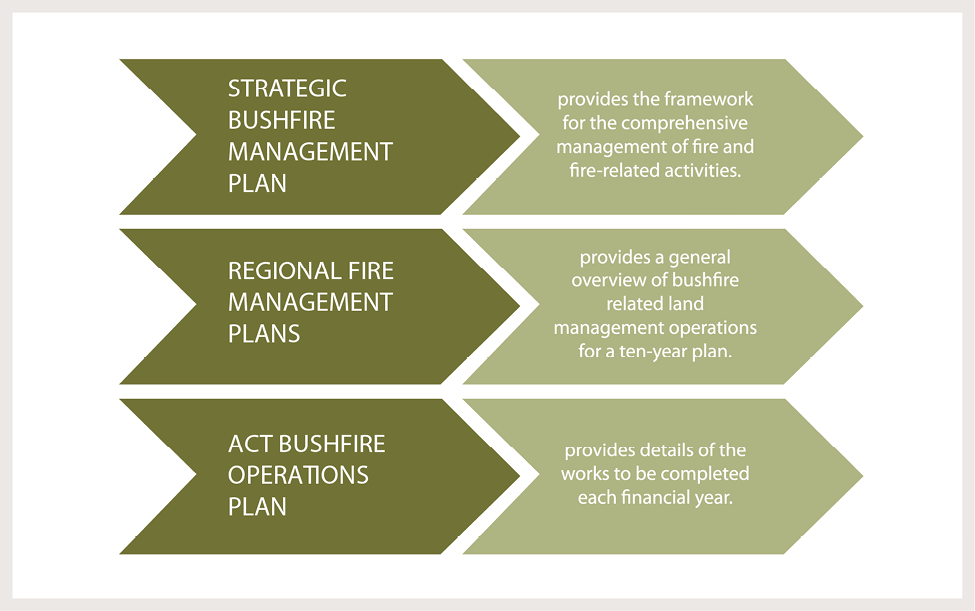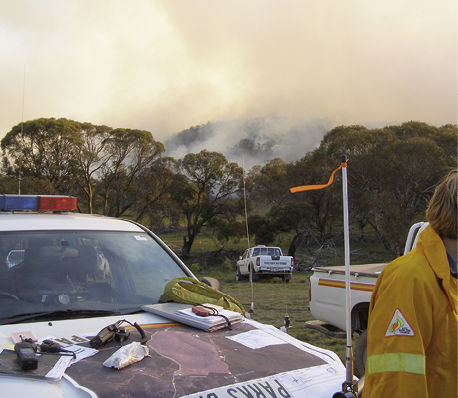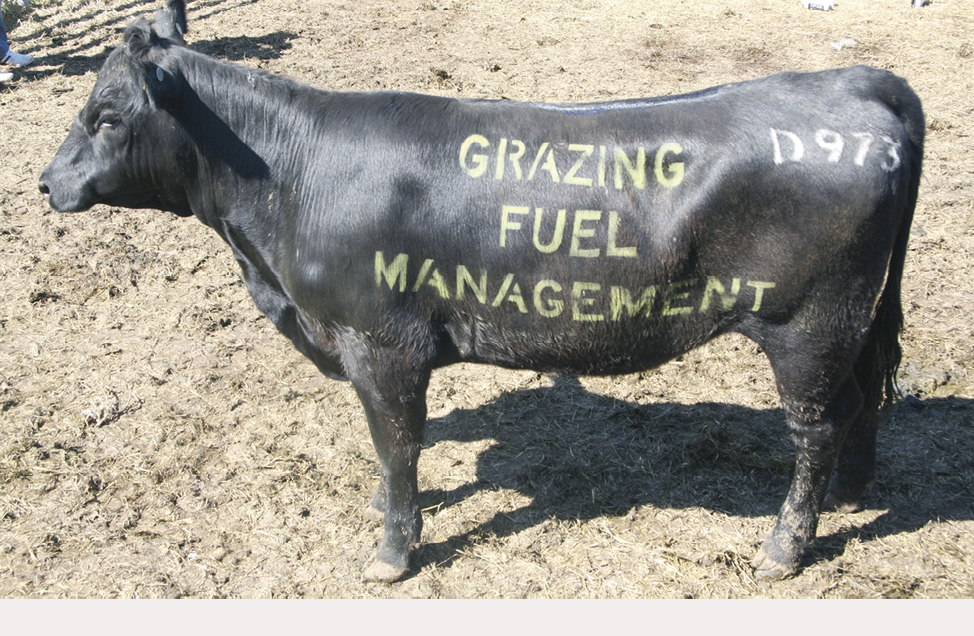
Christine Belcher interviews Neil Cooper, Manager Fire, Forests and Roads, ACT Government ACT Government.
In January 2003 the ACT was hit by disastrous fires that devastated 60 per cent of the Territory’s forestry plantations in a single day. Over 10 000 hectares of natural forests and pine plantation were raised to the ground destroying natural habitats for wildlife, and commercial and residential property. The fires of 2003 were a significant fire event and they have played a significant role in keeping fire hazard awareness and fire mitigation tactics at the forefront of the government’s planning considerations.
This year, 2013, marks the 10-year anniversary of the fires as well as the 100-year celebration of the birth of Canberra as Australia’s national capital. Part of the celebrations includes the opening of the National Arboretum which is a realisation of Walter Burley Griffin’s vision for a place where trees and plants could be cultivated for the purpose of conservation, preservation, research, education and display.
The National Arboretum is on a 250-hectare site only six kilometres from the centre of the city and near Lake Burley Griffin. The area was a pine plantation covering what was previously known as the Greenhills Forest area. The National Arboretum provides a mosaic of permanent plantings and gardens, outdoor sculptures, bonsai plantings, a reflective pavilion, outdoor events areas, and a visitor centre. As the city marks 10 years since the 2003 fires, the National Arboretum has become a symbol of the recovery program.

Image: Christine Belcher
The eagle and nest sculpture overlooks the National Arboretum which has become a symbol of the Capital’s recovery program.
The ACT Government, through its Parks and Conservation Service, is responsible for fire management on all government land within the ACT (over 80 per cent of the ACT’s total land area) as well as preventing fires from crossing its boarders into NSW. The agency carries out a range of activities across the Territory to minimise the adverse impacts resulting from unplanned fire events. These include vegetation slashing, controlled burns, cattle grazing, road maintenance, maintenance of fire assets like helipads and portable water storage units, and collaboration with land-planning agencies in the ACT.
Neil Cooper said, “The three main fundamental considerations relating to fire management planning and fire risk mitigation are the preservation of human life, protection of property and protection of the environment. As a land manager, ACT Parks and Conservation Service has to balance protection of life, property and the environment for the benefit of all stakeholders.
“The ACT has a number of significant and often threatened ecological communities. Due to the nature of Canberra and its ‘city in the bush’ attributes, many of these assets and habitats of endangered species can come under constant threat when activities are implemented to reduce fuel loads. Compromises are constantly being made as the threat to life is addressed,” he said.
Some of the compromises that are found can be as simple as altering the burning time period. Plant flowering and seeding times can be taken into account to avoid sensitive periods in their life cycle while still maintaining the need to reduce the fuel loads. Birds nest and feed at specific times and planned burns can be scheduled to ensure that any impact on the species is negligible while still achieving a fuel reduction outcome. An example of this is on Mount Rogers in the ACT. This is a known feeding site for the fledgling stage of the threatened Superb Parrot. By avoiding the times of the year when the grasses are seeding allows the fledglings to feed and move on. Burning can be undertaken in patches which not only reduce fuel but enhance the ecological system in favour of the Superb Parrot.
As well as rare and threatened species there are also important ecological assets that require protection. A small area in the south of the ACT is the only remaining patch of native vegetation that avoided being burnt in 2003. As such it is the only portion remaining that represents ‘a long unburnt community’. This has become an asset that needs protection.
Fire risk changes over time as land use evolves. Around the urban edge where suburbs are extending there is a likelihood that, while fuel loads may decrease, the chance of ignition increases. To ensure these fire risk changes are taken into account, plans are frequently reviewed and updated to help inform decisions during land-use planning.
Figure 1 shows the cascading approach to fire management planning in the ACT. The Bushfire Operations Plan (BOP) is a detailed works programme for the full year. It clearly identifies the activities to be undertaken and the level of resources (financial and physical) required to meet the standards identified in the Strategic Bush Fire Management Plan. The BOP is formally approved by the Commissioner of the ACT Emergency Services Agency and is audited quarterly for compliance by the ACT Rural Fire Service. In addition, the annual audit results are publically reported in the Territory and Municipal Services Annual Report tabled in the ACT Legislative Assembly.
Figure 1. Fire management planning in the ACT.

Fire management plans encompass the range of activities to reduce the risk of fire and to facilitate safe and easy access to fight a fire when it occurs. It also includes training, auditing and monitoring, and community education which help build the Territory’s resilience and its capacity to meet the challenge that wild fires pose.

Image: Neil Cooper
Controlled burns are part of the ACT Government’s fire management activities.
Historically, fires approach the Territory from the northwest. When considering fire management of any area in the ACT it is done on a landscape basis. No one feature is considered in isolation. Plans are developed by examining the area to be protected which could be a suburb, a water catchment area, infrastructure or assets, and determining what is specific and possible for that location. For the National Arboretum and its surrounds, the fire management plan includes:
“During a Total Fire Ban day, the Arboretum is closed. This is done not only for the safety of visitors but also to allow ease of access for firefighters to roads in the area, should a fire ignite,” said Neil.
The ACT Government’s fire management efforts are ongoing and significant. While the many and varied activities are undertaken on an annual basis, it is not just one thing that reduces the fire risk. It is the combination of activities across the whole landscape, like slashing, cattle grazing, hazard reduction burns, road maintenance and the installation of fire mitigation assets in planned areas, which will mitigate fire risk over time.

Image: Neil Cooper
Users of Canberra roads where intensive grazing is used can see it is a fire migration activity.